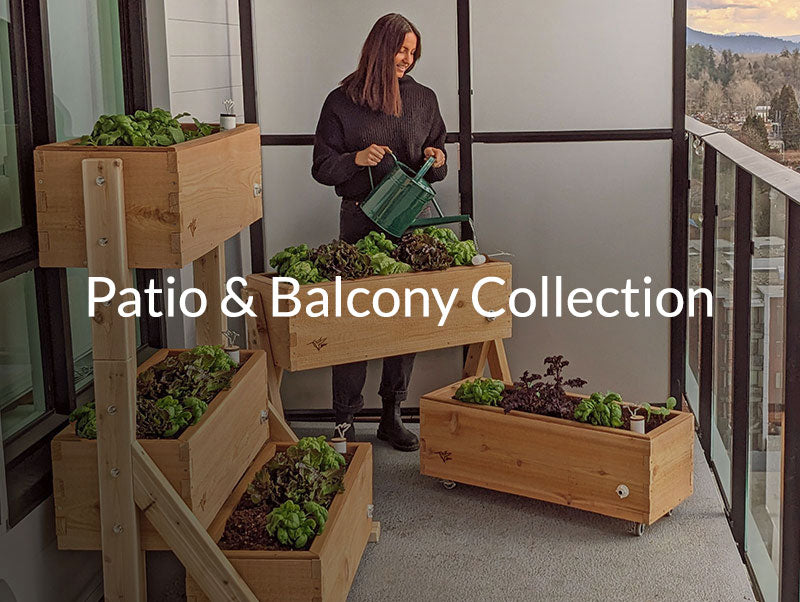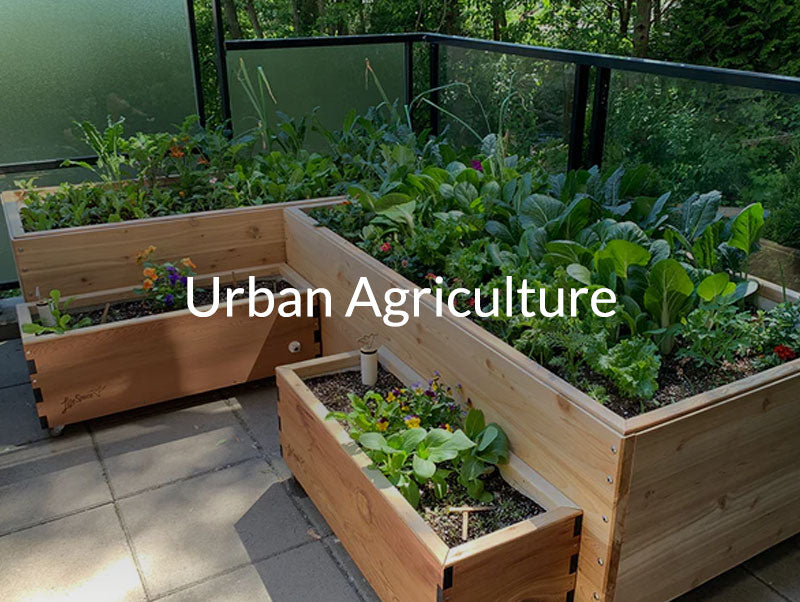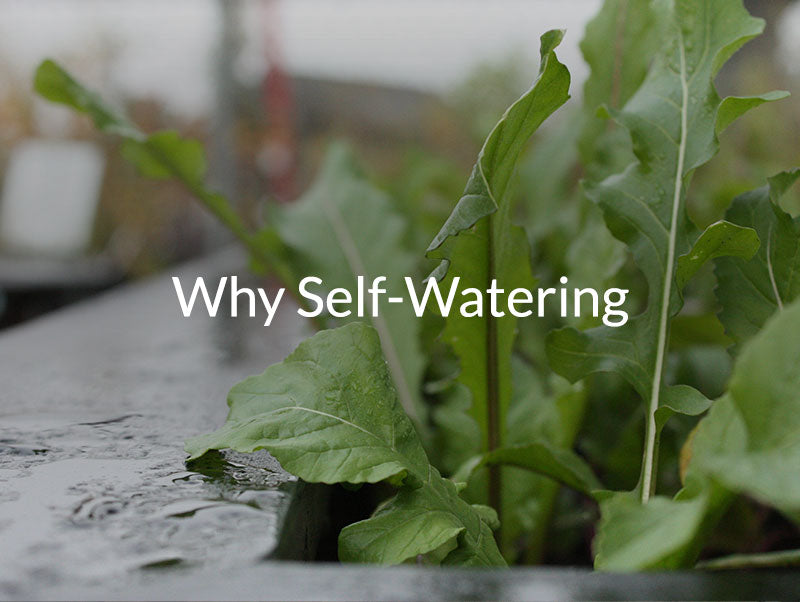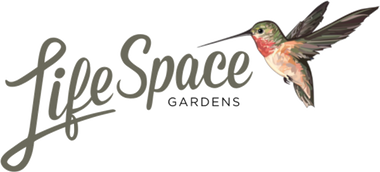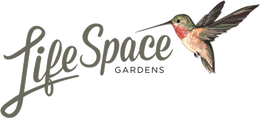Dill Growing Guide🌿: Planting, Spacing, and Harvesting Tips
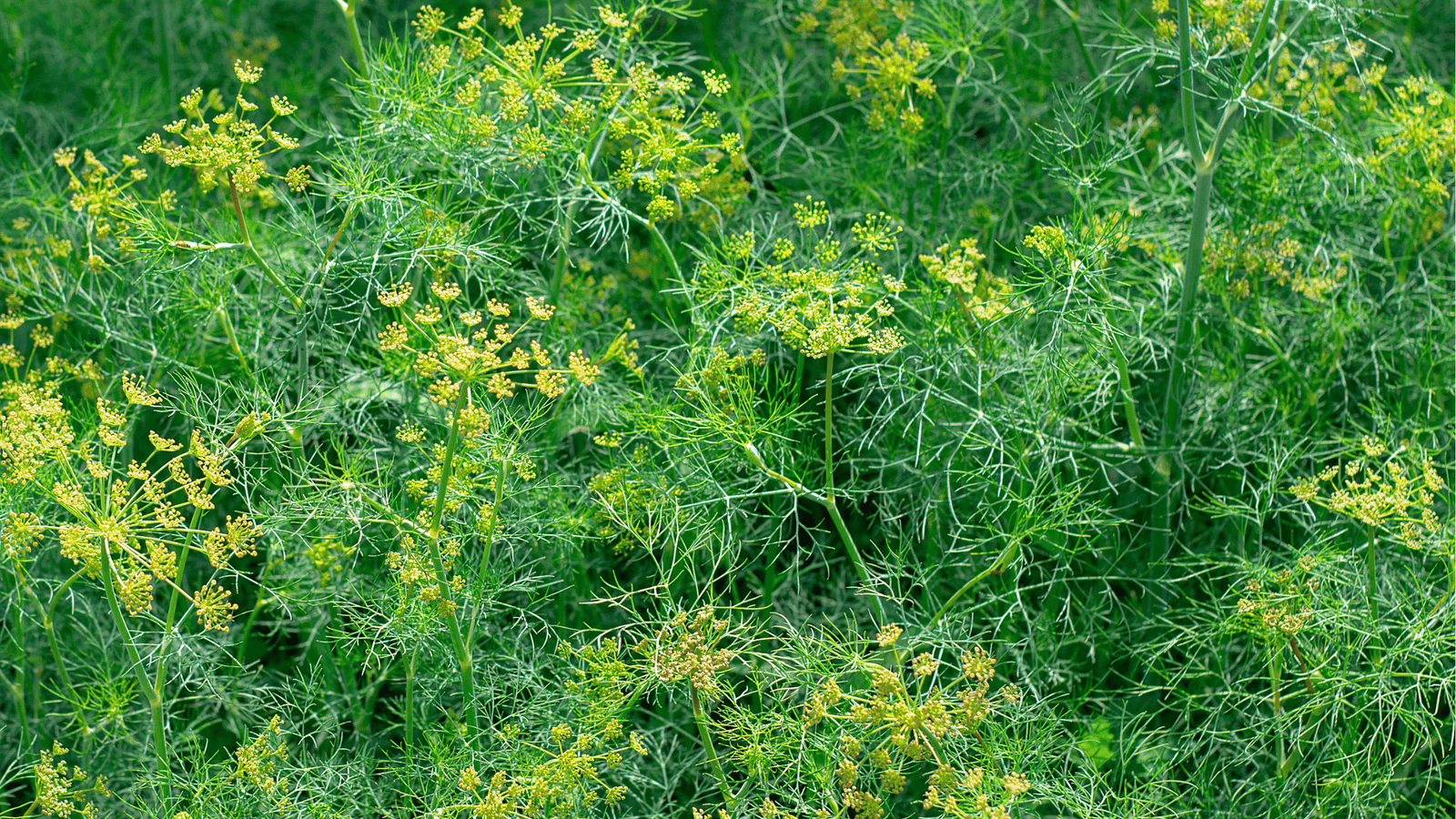
Introduction
Dill is a fast-growing, fragrant herb that pairs beautifully with salads, seafood, and pickling recipes. It thrives in SIPs and wicking beds, where steady hydration from GardenWells inserts keeps plants lush and productive. Bonus: dill attracts pollinators and beneficial insects, boosting your entire garden ecosystem.
When to Plant Dill
-
Spring: Direct-seed dill April through May after the last frost; see the April Gardening Guide for early-season tips.
-
Summer: Sow seeds every 2–3 weeks through July for continual harvests.
-
Fall: In warmer climates, a final sowing in August delivers fragrant autumn leaves.
Square Foot Gardening Spacing
-
Spacing: 4 plants per sq ft (~6” apart)
-
Depth: Sow seeds ¼” deep
How to Plant Dill
Direct Seeding (Preferred)
-
Dill dislikes transplanting, so direct-seed wherever possible.
-
Sow 2–3 seeds per hole and thin to the strongest seedling.
-
Provide full sun and well-draining SIP soil mixes.
Transplanting (Optional)
-
If starting indoors, use biodegradable pots to avoid root disturbance.
Watering Your Dill
-
Use your WaterStem: when the Hummingbird rises, your reservoir’s full; when it drops, refill.
-
Before establishment: Top-water lightly for the first 7 days after seeding.
-
After establishment: Refill SIP reservoirs every 1–2 weeks depending on heat.
-
Avoid overwatering to reduce risk of root rot.
Harvesting Dill
-
Leaves: Begin cutting outer fronds 30–40 days after planting.
-
Seeds: Allow flower heads to dry on the plant; harvest seeds for cooking or next year’s sowing.
-
Continuous pruning encourages fuller, bushier plants.
Common Issues & Fixes
| Issue | Likely Cause | Solution |
|---|---|---|
| Yellowing Leaves | Overwatering | Use SIPs or wicking beds for balanced hydration |
| Early Bolting | Heat stress | Sow successions every 2 weeks during hot spells |
| Aphid Infestations | Soft fronds attract pests | Interplant with nasturtiums or spray diluted neem oil |
Companion Plants for Dill
Best companions (with cross-links):
-
Cucumbers → Classic culinary and garden pairing; enhances cucumber yields.
-
Carrots → Dill attracts beneficial insects that deter carrot pests.
-
Lettuce → Shares SIP zones effectively without crowding roots.
-
Tomatoes → Attracts pollinators that improve fruit set.
Avoid planting with:
-
Fennel → Cross-pollinates and stunts growth.
-
Large brassicas like cabbage → Compete heavily for nutrients.
Product Tips
-
Small patios? Plant dill in CondoFarms self-watering planters for compact yields.
-
DIY gardeners? Build your own wicking bed setup with GardenWells inserts.
-
Scaling up? Use custom self-watering raised beds to grow larger culinary herb gardens.
